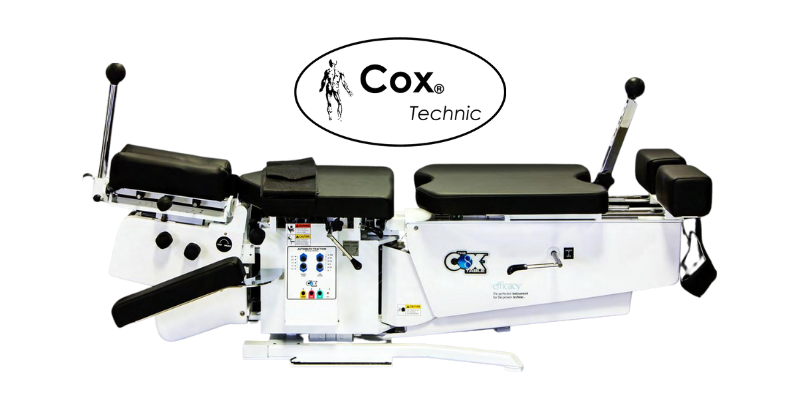Spinal stenosis refers to the narrowing of the spaces within the spine, which can put pressure on the nerves that travel through the spinal column. This pressure often leads to pain, numbness, weakness, and other uncomfortable symptoms. However, there’s hope for relief through a treatment known as spinal decompression.
What is Spinal Stenosis?
To understand spinal stenosis, let’s first explore the structure of the spine. The spine is composed of a series of vertebrae stacked on top of one another, forming the spinal column. Between each vertebra are spinal discs, which act as cushions to absorb shock and provide flexibility to the spine. Additionally, there are openings within the vertebrae through which the spinal cord and nerves pass.
Spinal stenosis occurs when these openings become narrowed, resulting in compression of the spinal cord and nerves. This narrowing can be caused by various factors, including:
- Degeneration (Osteoarthritis): Over time, wear and tear on the spine, such as osteoarthritis, facet joint hypertrophy, thickened ligamentum flavum or the formation of bone spurs, can lead to the narrowing of the spinal canal.
- Herniated Discs: Herniated discs occur when the soft inner core of a spinal disc protrudes through the tough outer layer, it can impinge on nearby nerves, contributing to spinal stenosis.
- Trauma: Injuries to the spine, such as fractures or dislocations, can result in spinal stenosis.
How Spinal Decompression Works

Spinal decompression is a non-invasive treatment method aimed at relieving pressure on the spinal cord and nerves caused by conditions like spinal stenosis. This treatment utilizes a Cox 8 instrument to gently decompress (stretch) the spine, creating negative pressure within the affected discs. As a result, herniated or bulging discs may retract, reducing pressure on the nerves and promoting movement and nutrients into the discs for healing.
During a spinal decompression session, the patient typically lies comfortably on a Cox 8 instrument whilst the treatment is painless and is often accompanied by a sensation of relief and relaxation.
Benefits of Spinal Decompression for Spinal Stenosis
Spinal decompression therapy offers several potential benefits for individuals suffering from spinal stenosis:
- Pain Relief: Random controlled trials have shown to reduce pressure within the intervertebral disc, reduce pressure on the spinal nerves, increase the spinal nerve canal space by up to 30% thereby also reducing pressure on the spinal nerves. By relieving pressure on the nerves, spinal decompression can alleviate pain and discomfort.
- Improved motion in the spinal joints: Reduced pressure on the spinal cord and nerves can enhance mobility and range of motion, allowing individuals to engage in daily activities with greater ease.
- Non-Surgical Option: Unlike invasive surgical procedures, spinal decompression is a non-surgical alternative that carries minimal risk and requires little to no downtime.
- Long-Term Results: Many patients experience long-lasting relief from symptoms after completing a series of spinal decompression sessions, allowing them to enjoy improved quality of life.
Conclusion
In summary, spinal stenosis can significantly impact an individual’s well-being by causing pain, numbness, and other uncomfortable symptoms. However, spinal decompression offers a safe, effective, and non-invasive treatment option for relieving pressure on the spinal cord and nerves, thereby alleviating symptoms and improving overall spinal health. If you’re experiencing symptoms of spinal stenosis, consult with our certified Cox technic practitioner to determine if spinal decompression may be a suitable option for you. Or for further information head to our Cox Technic Spinal Decompression page under the services tab.
References
Cox JM, Feller, J: Chiropractic treatment of low back pain: a multi‐center descriptive analysis of presentation and outcome in 424 consecutive cases. Journal of Neuromusculoskeletal Systems 1994; 2(4):178‐190





